Hoping to make plum jam? You’re in luck! This is the easiest plum jam recipe…and quite delicious too! Using juicy plums, this homemade plum jam is a great way to enjoy the bounty of plum season!
Table of contents
Plum Jam Recipe without added pectin
Making this plum jam was a few hours of pure contentment. Most of the time, I am writing posts that involve assignments or targeted keywords. Blogging is as much of a business and science as it is creative. Usually, I am at my computer working all day, and it’s not as often that I get to create freely!
When Greg’s uncle offered me a bucket of wild plums he had picked from trees on the ranch, I eagerly accepted. This time of year, it’s perfect to make delicious plum jam and other homemade jams. Then I thought, oh no, what have I got myself into? I don’t have time to make jam…
But I made time, and I am so glad I did. He shared this recipe with me, and now I am excited to share it with you! For those who are trying this for the first time, this easy recipe is foolproof and yields a delicious plum jam. Homemade plum jam is the perfect way to capture the fruity flavor of plums.
I hope that regardless if you make this plum jam, you read this and take some time to do something you truly enjoy this week. I hope you’ll find some stillness in your day to appreciate the moment.
To me, this plum jam isn’t just a delicious recipe, it brought me back to why I started blogging in the first place. I was able to get creative with my photography, and truly appreciate the creative process.
I hope you enjoy. As always, thank you so much for being here and being a reader. I’d love for you to subscribe so we can stay in touch. Or, visit us on Instagram.
This classic recipe is a great way to make plum preserves or plum jelly, capturing the natural pectin in plums. To make plum jam, you’ll leave the skins on. The skins have quite a bit of pectin in them, so there’s no need to add pectin! This makes for a great recipe for beginner canners!
However, you can add pectin if you’d like to drop the sugar down. If you’re adding pectin, chop the fruit up very well. Since the fruit won’t simmer and break down as long as it would if you were not adding pectin. Tip: Using fresh fruit like red plums or black plums will ensure a rich, fruity flavor.
If you’re using added Pectin, follow the instructions on the box. Usually, you’ll add the pectin after the mixture comes to a full rolling boil, then bring it back to a full rolling boil for exactly 60 seconds.
For the purpose of this recipe, I’ll assume you are NOT adding pectin. Remember, making small batch jam recipes like this one is a great way to enjoy homemade jams without much sugar.
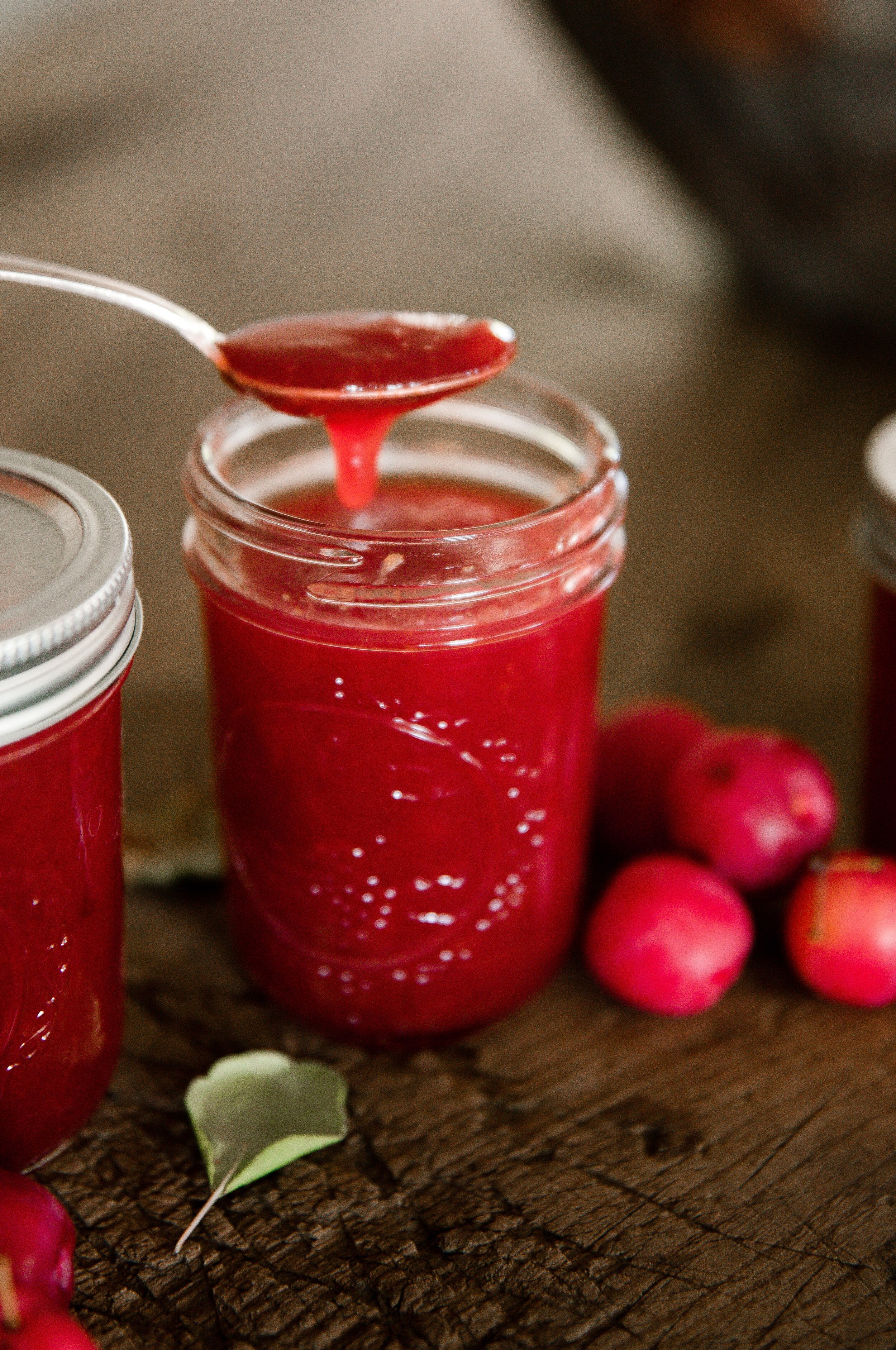
Basic Plum Jam Recipe:
The Recipe

Delicious & Easy Plum Jam Recipe
Ingredients
- 10 cups of plums about 10 pounds – make sure they are not overly ripe or mushy
- 5 cups white sugar
- 1 teaspoon butter
Instructions
- 1. Begin by rinsing off the plums. Slice each in half, and remove the pit. Set aside.
- 2. Measure out the plums to that you have 10 cups of halved plums total. Note: To measure the plums: pack the halved plums into a large measuring cup.
- 3. In a large wide and shallow pot, combine plums and sugar. Bring the mixture to a boil, stirring frequently. Add the butter.
- 4. Reduce the heat, and cook the jam for 20-30 minutes, stirring to prevent any burning. Cook until the temperature reaches 220 F, or sets using the cold spoon trick.
- 5. While the jam cooks, sterilize and prepare your jars & water bath: rinse lids and rims in warm soapy water. Dry and set aside on a clean surface. Fill a large pot with warm water.
- 6. Once the jam is ready, ladle hot jam into sterilized jars. Add lids and tighten rings “finger tight” so that any air bubbles can escape.
- 7. Place each jar in the large pot filled with hot water. Bring the water to a boil. Process in the boiling water bath for 15 minutes (adjusting for altitude if necessary). Make sure the water covers the jars by 1-2” in the water bath.
- 8. Once the jam has been processed, set on a towel or cutting board and leave for 12-24 hours. You should hear popping sounds signaling a good seal. After 24 hours, check the lids to make sure they’ve sealed.
Notes
Get my free printable home canning cheat sheet for safely preserving your homegrown food!
Plum Jam without Pectin:
Plums are naturally very high in pectin, so adding pectin really isn’t necessary. You’ll find some low-sugar recipes that call for added pectin, but honestly…you don’t need it.
If you’re opting for a low sugar plum jam recipe, you’ll be okay to add your desired amount of sugar, then bringing the mixture to 220 F to reach its “gel point”. This is an easy way to make plum jam without pectin.
If you’re hoping to make plum jam with pectin, I hope to convince you that you don’t really need it :). Just skip the pectin, reduce the sugar, and cook the jam until it hits 220 F.
Plum Jam with or without the skins?
I will be the first to tell you, I don’t like peach or plum skins. Whenever I eat a peach or a plum, I remove the skin.
I was hesitant to leave the skin on the plums in this plum jam recipe, fearful that the skins would make the jam stringy and bitter.
However, I read (and was told) to leave the skins on…so I did. Leave the skins on your Italian plums or Italian prune plums for the natural pectin.
Guess what? You can’t tell one single bit.
The skins completely broke down during the cooking process into a deliciously sweet jam. The skins also contain a lot of pectin, which helps the jam gel.
So here’s my advice: leave the skin on the plums. Even if you don’t like plum skin, you won’t be able to tell! When cutting plums, ensure you have firm skins and avoid overripe plums. Plus, this will save you SO much time and energy! It’s a win-win!
Tips: Easy Plum Jam Recipe
I went with about 1/2 cup sugar to 1 cup fruit, traditional methods call for 1 cup sugar per 1 cup of fruit. If you like a very sweet jam, add more sugar. If you do not like a very sweet jam, follow my ratio.
By adding more sugar, the jam with set up more. If you add a lot of sugar, make sure you don’t cook over 200 F or else your jam will turn into a hard candy in the jars rather than jelly.
Even with 1/2 cup sugar ratio, it will like a LOT of sugar. It is a lot of sugar! Jam is sweet and requires a lot of sugar :). Some plum jam recipes call for pectin. This isn’t necessary as plums skins have quite a bit of pectin naturally. You’ll need to bring the jam to 220 F in order for the jam to set. Use a candy thermometer to check the heat as you near the finish line while cooking the jam.
Adding butter will help reduce any foaming. I add just a little dab of butter, but it’s not totally necessary – you can just skim any foam off the top with a spoon. I’m old school, so I add the butter.
Often times you’ll see lemon juice as an added ingredient in plum jam. Plums have an acidity level of 3.5-4.3 (source) , which tells me that lemon is often added to plum jam simply for flavor. Safe acidity level for waterbacth canning is 4.5. My recipe doesn’t call for lemon juice.
A Few Extra Tips
Sterilize your jam jars by washing them in hot soapy water and rinsing well before use.
For an even smoother jam, use a potato masher to break down the fruit further.
To prevent burning, cook the plum mixture over medium heat, then reduce to medium-low heat as needed.
Prepare a small plate in the freezer to test the jam’s setting point, ensuring it’s the right consistency.
Fill your canning jar with hot jam and place jars back in the boiling water bath for sealing.
Last year, I made strawberry jam and grape jelly, which were also a hit!
Serve this delicious stone fruit jam on hot buttered toast or with vanilla ice cream.
Place fruit in a large saucepan or baking tray to prepare it for cooking.
Using fresh lemon juice can add a slight tang to your jam if desired.
Ensure your glass jars and filled jars are properly sealed to avoid spoilage.
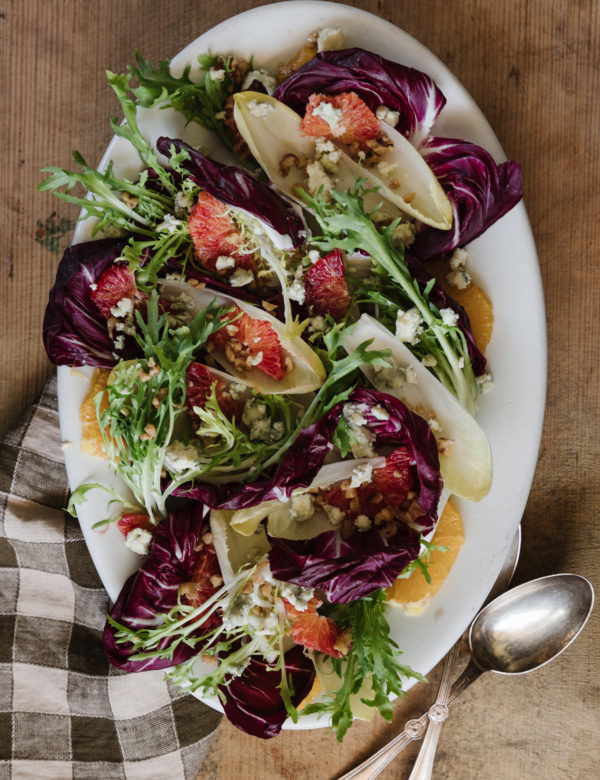
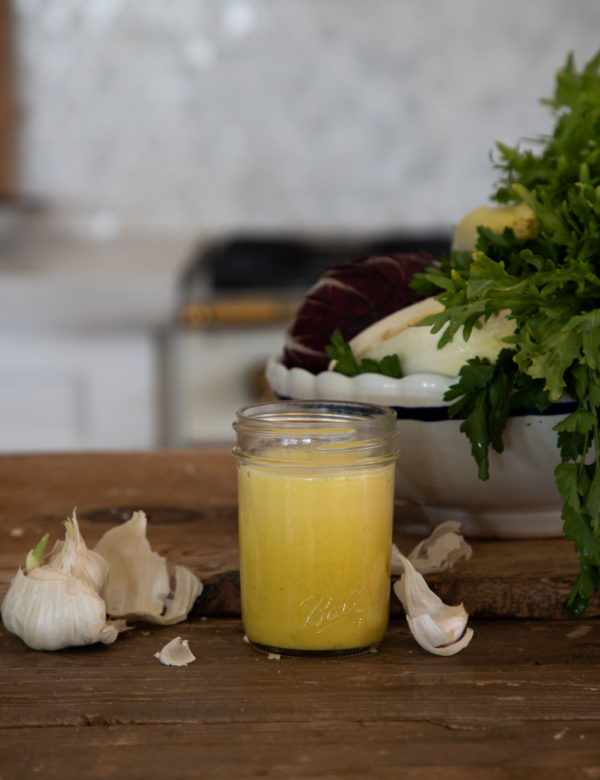
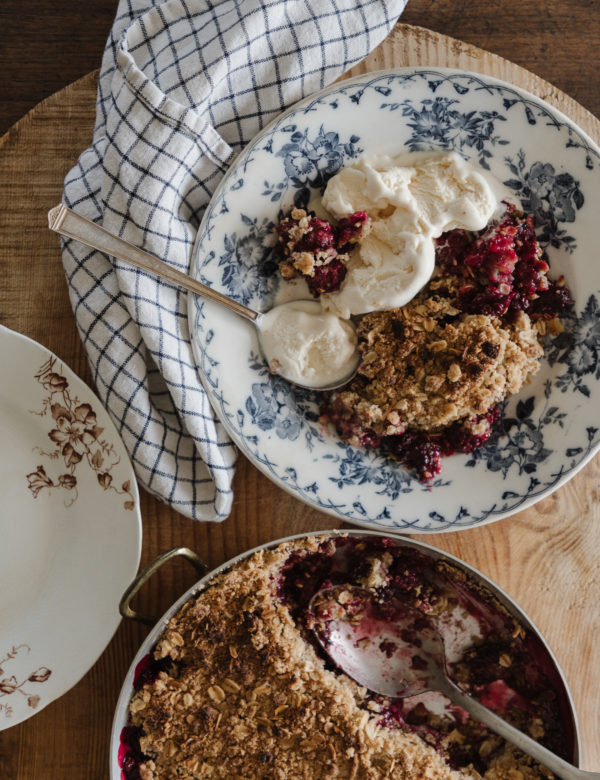
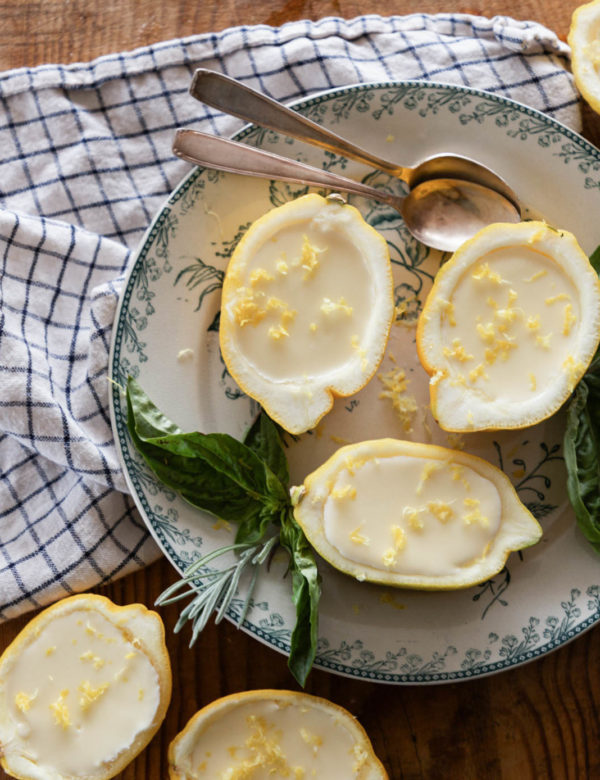
Oh my goodness Chloe I want to dip straw in that! It looks SO yummy!!!!
I love home-made jam! Your recipe looks really good.
And the list of do that not that is just an amazing addition; this is the best way of telling a recipe, because of so many of options of doing something wrong. This is most certainly will help avoid those.
I have always thought that plum is blue or violet. I see red plum for the first time. Can anybody tell me what kind of plum is it?
So far it tastes wonderFul i added cinnaMon and ginger, went with less sigar like you mentioned, but instead Of white sugar i used brown.